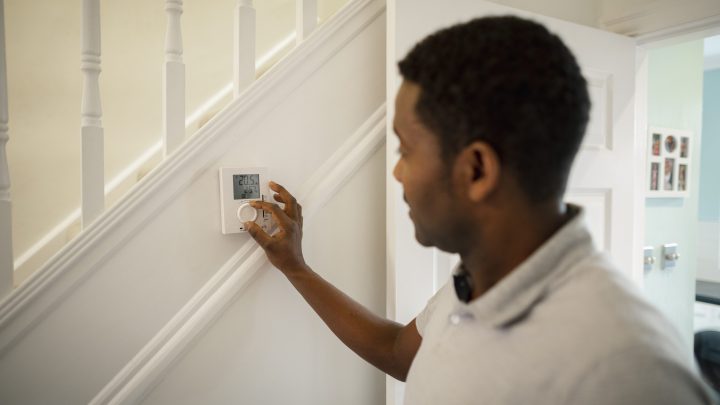
Most U.S. households will spend less on heating this winter, agency says
Most U.S. households will spend less on heating this winter, agency says

Most U.S. households will likely spend less on heating bills this year than last, according to the Energy Information Administration’s forecast. It’s a little good news as we head into winter.
Partly, that’s because energy prices are down, and partly because it’s looking like it should be a mild winter for much of the country.
If you use natural gas to heat your home, you should be in luck.
Juan Alvarado, managing director of energy analysis at the American Gas Association, said production has increased, storage levels are higher and the market is less volatile than it was a year ago. All that is a recipe for lower costs.
“Prices have definitely stabilized this year,” he said. “They’re much lower than they were last year.”
Which is good news for the roughly half of U.S. households that use natural gas for heat.
As for everyone else: “With electricity and propane, those households will see similar bills to last year, and with heating oil, bills will likely be a bit higher than last year,” said Joe DeCarolis, administrator of the Energy Information Administration.
He said energy prices are one factor in EIA’s forecast. The other is weather.
And right now, it’s looking like it’ll be a milder winter for parts of the country, which should also help keep heating bills lower. Though, of course, there’s no way to know for sure.
“The biggest variable is the winter temperature,” DeCarolis said. “If we have a much colder winter, that can drive expenditures significantly higher.”
Still, overall, we’re in a better place heading into this winter heating season than we have been in a few years, said Mark Wolfe, executive director of National Energy Assistance Directors Association.
“It’s been pretty grim,” he said. “First we had the pandemic, prices came down, and then prices went up when the economy started to recover. We had the war in the Ukraine, where Russia cut off supplies of natural gas to Western Europe, and then Western Europe was looking for everywhere possible they could get natural gas, so that pushed up prices.”
But even if everything stays as stable as it looks now, Wolfe said, heating bills are still high.
And he’s worried about having enough money for families who are struggling to pay their bills and need help from the federal Low Income Home Energy Assistance Program, or LIHEAP.
“Last year, Congress provided us with an extra $2 billion, for a total of $6 billion,” said Wolfe. “This year, Congress has not moved on the extra requests.”
And if LIHEAP doesn’t get that extra $2 billion again this year, he said it will have to cut about a million families from the program.
There’s a lot happening in the world. Through it all, Marketplace is here for you.
You rely on Marketplace to break down the world’s events and tell you how it affects you in a fact-based, approachable way. We rely on your financial support to keep making that possible.
Your donation today powers the independent journalism that you rely on. For just $5/month, you can help sustain Marketplace so we can keep reporting on the things that matter to you.

















